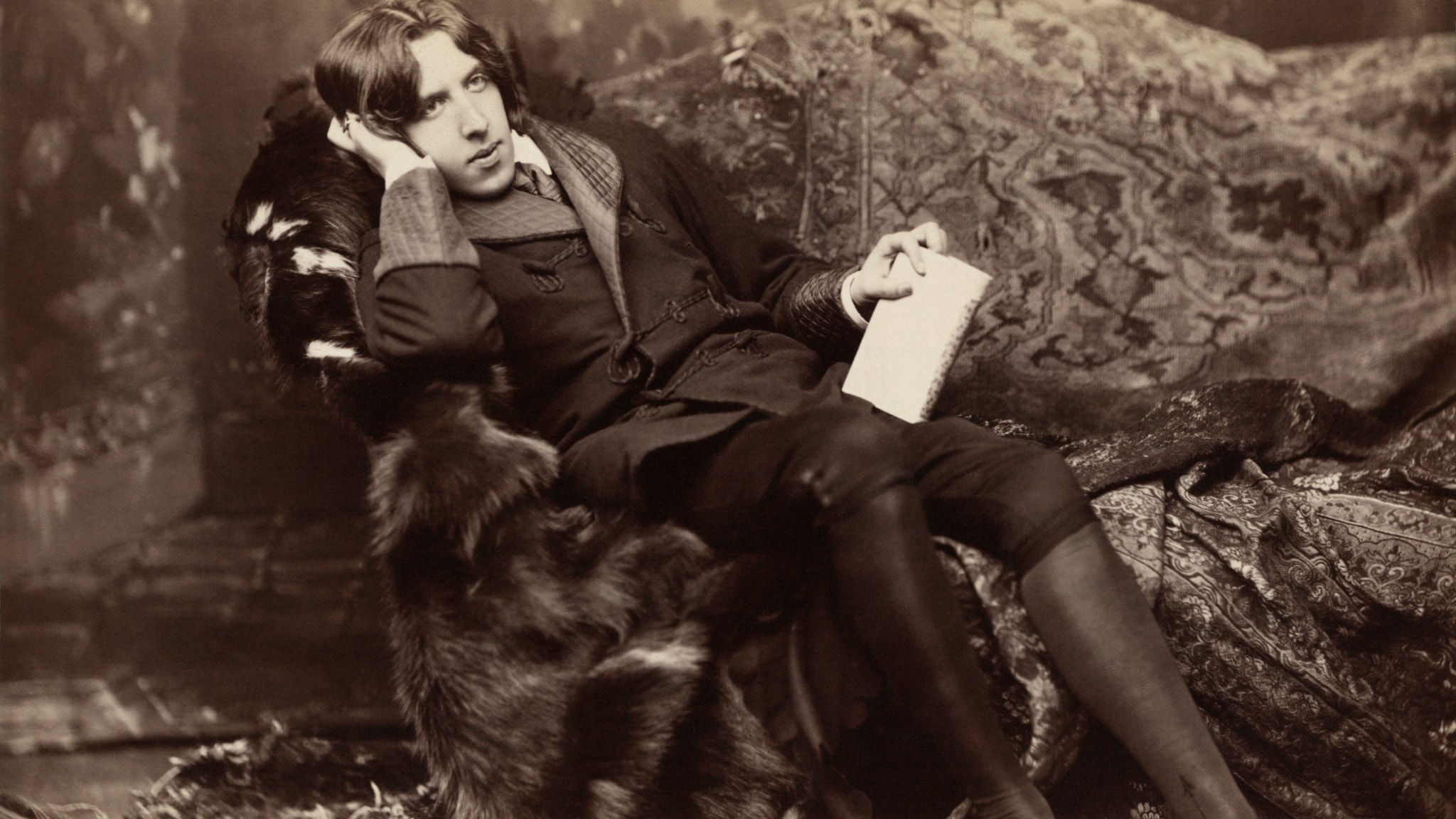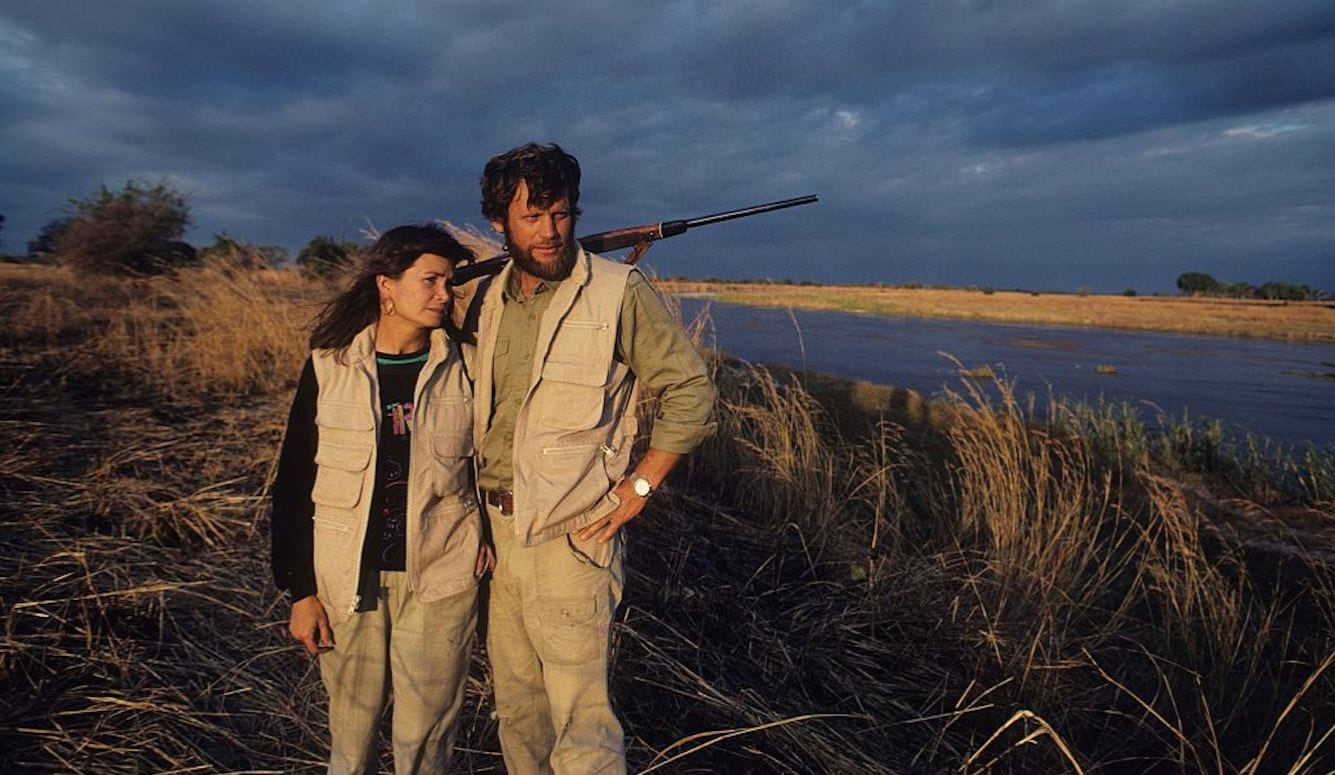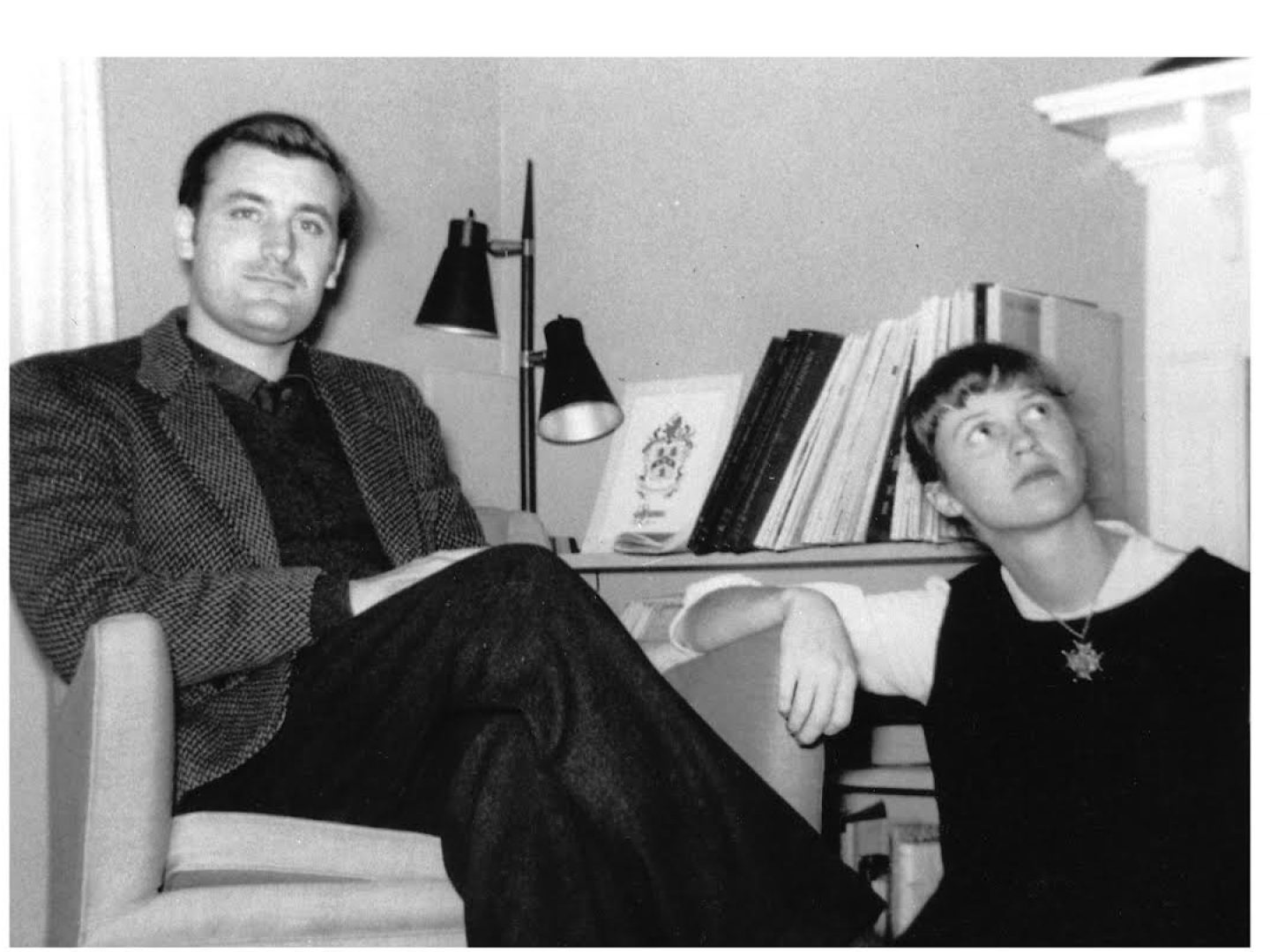By Katerina Valouxi,
How many times have you read a book or watched a film, and later realized that the writer of the media you have so joyfully consumed is actually a horrible person? Cancel culture nowadays is prominent in every art field, including film and literature, dividing fanbases and creating debates about whether or not a piece of media should be consumed if its creator has questionable morals. Some think that “canceling” a person’s art because of their actions does not give them space to grow and educate themselves, while others claim that certain actions can not and will never be justifiable. However, the heated question remains; Can we really separate the art from the artist regardless of the circumstances?
An artist’s work may or may not directly represent their identity, but it will always reflect some part of their psyche, in one way or another. Oscar Wilde, one of the most popular writers of the Victorian period, was obsessed with the concept of youth, something that is obvious in his works, especially in “The Picture of Dorian Gray”, in which a young man literally traps his soul in his own portrait in order to stay young and beautiful forever. In 1987, Wilde was imprisoned because of his homosexuality, but also accused of hanging around brothels and having sexual relations with young boys. The events that led to his downfall began 1891, when Wilde, 38 years old, met the 22 year old poet Alfred Lord Douglas at a tea party. The two grew very close and started sending love letters to each other.

However, the Marquess of Queensbury, Lord Douglas’s father, discovered their relationship and Wilde was brought to court, where he stated; “I recognize no social distinctions at all of any kind, and to me youth, the mere fact of youth, is so wonderful that I would sooner talk to a young man for half-an-hour than be cross-examined in court. It is intellectual, and it repeatedly exists between an elder and a younger man, when the elder man has intellect, and the younger man has all the joy, hope and glamour of life before him”. The jury acquitted Wilde on charges regarding sexual relationships between him and a young boy named Frederick Atkins, but the fact that he would engage with young men in brothels was a claim that still prevailed. Oftentimes, the power dynamics within homosexual relationships had to resemble those of heteronormative relationships, as a way to replicate them in a society that was not accepting of queer people, and thus age gaps would often exist. Hence, can we argue that Oscar Wilde was a product of his time? The answer seems to be more complex than we may think.
The same question can be asked about Sylvia Plath. A pivotal figure in feminist writing, Plath’s novel “The Bell Jar”, as well as her poetry collections, established her as a writer who expressed women’s deepest, most depressing thoughts. Her life was a complicated one, having a troubled relationship with her father who died when she was young, and later on being in an abusive marital relationship with poet Ted Hughes for many years. Plath’s mental health had always been in a tumultuous state; she tried to unalive herself many times, succeeding in 1963, when she committed suicide by inhaling gas from the oven. Despite her works being a striking insight into a woman’s darkest thoughts and feelings, they can not be approached without discussing her racist and disrespectful remarks towards Jewish and black people.

It is argued that those remarks were simply “of her time” but it is obvious that Plath was out of touch with the progressive civil rights movement of the 60’s. In “The Bell Jar”, the only non-white character is written stereotypically, while the protagonist makes disrespectful remarks towards her. Moreover, Plath’s high school diaries showcase a white supremacist attitude and way of thinking. Of course, her literary legacy is not and should not be dismissed because of those flaws. Works by white authors should also be critically approached through an intersectional lens, but without their lack of intersectionality being their defining factor. If we dismissed every work by a white author whose beliefs did not align with ours, we would be left without a literary canon. However, the point is that the works of white, heteronormative authors should not be the only ones included in the canon.
A good thing about reading and buying works by deceased authors whose morals are definitely questionable is the fact that they do not profit off of it. What happens, though, when a seemingly problematic writer who is alive and well suddenly rises to fame and becomes popular? “Where the Crawdads Sing” by Delia Owens came out in 2018 and soon it caught the attention of critics and audiences, but its popularity rose rapidly when Reese Witherspoon chose it as the novel of the month for her book club. What followed was the novel becoming a Tik Tok sensation and being adapted into a movie. The story revolves around Kya, a girl abandoned by her family and raised in the American South of the late 1950’s, who is later accused of the murder of a young man. However, behind this narrative there is another one, a story revolving around a real murder that dated back to 1996, an incident in which Owens is thought to be an accomplice to.
Delia Owens and her husband, Mark Owens, were biologists who moved to Africa in the late 1980’s, in order to study wild animals. In 1986 they moved to Zambia, where they became “honorary game rangers” at the North Luangwa National Park, a title that gave them authority over the scouts who worked in the park to protect local wildlife from poachers. When the ABC television crew filmed a documentary in 1996, about the lovely couple that tried to preserve Africa’s wildlife, they ended up broadcasting live the murder of a Zambian poacher who was chased and shot four times, footage that is now almost impossible to find.

In 2010, Jeffrey Goldberg’s 20.000 word exposé on the case revealed that the Owens couple was responsible for the incident, with Mark and his stepson being at the scene of the crime. Delia always denied the murder accusations on her part, but the couple’s case is still under investigation in Zambia. According to many sources that Goldberg spoke with from that area, the Owenses had acquired a certain colonial power over the community that allowed them, especially Mark, to command the armed scouts to perform “village sweeps”, in which they confronted suspected poachers while they were sleeping. Delia’s novel echoes images from her life back in Zambia, regarding the murder incident as well as her seemingly ignorant ideas about African folks, which can make the book an uncomfortable read.
At last, the question still remains; Is it possible to completely separate the art from the artist? The art is filtered through the artist’s eyes and thus always contains a part of them. The answer can not be found exclusively in the audience or the artist’s judgment, but, ultimately, in the art itself.
References
- The Trials of Oscar Wilde: An Account. Famous-Trials. Available here
- Holding Sylvia Plath Accountable. The Oxford Blue. Available here
- She Wrote a Bestselling Murder Mystery, Then a Cold Case from Delia Owens’s Past Resurfaced. ABC News. Available here
- The Dark History of the Year’s Bestselling Debut Novelist. Slate Magazine. Available here




